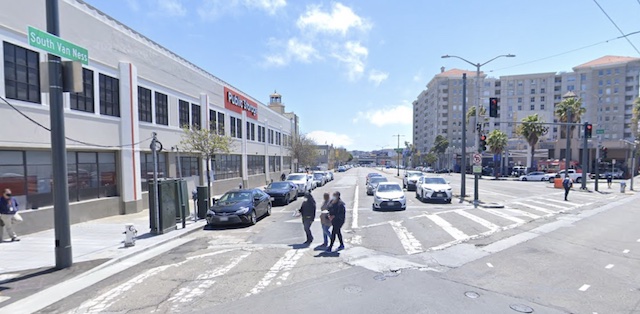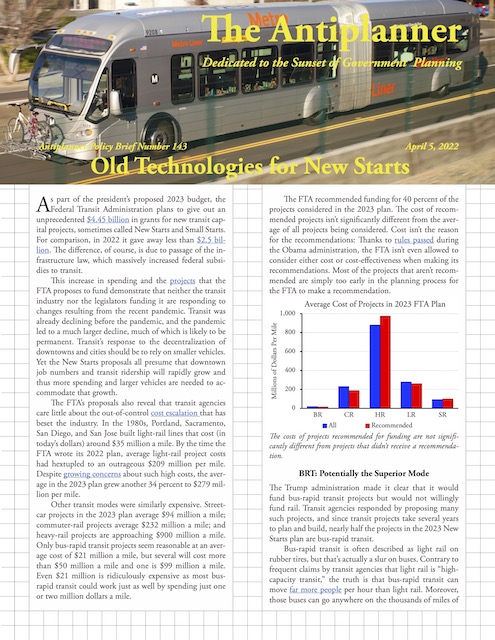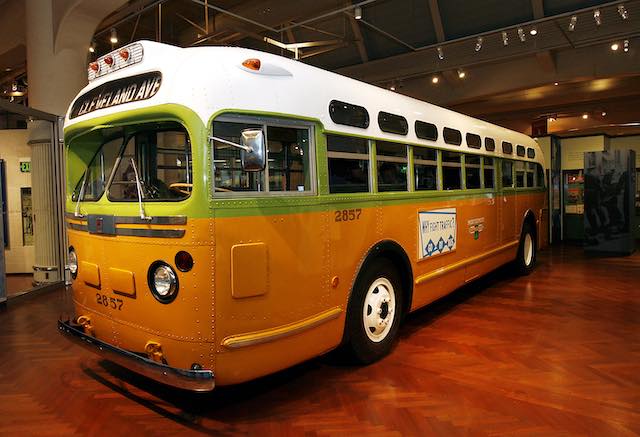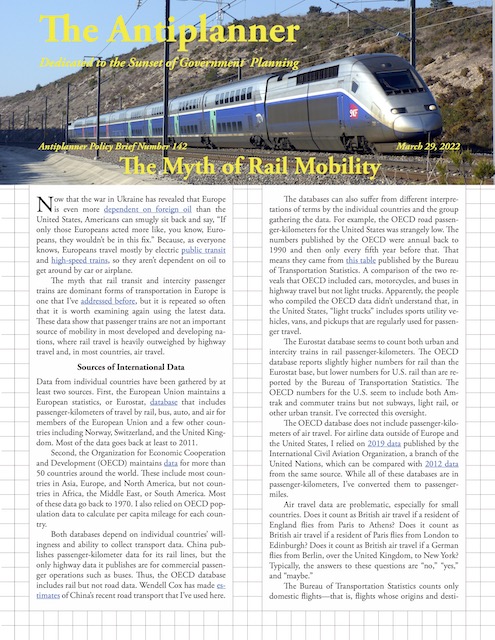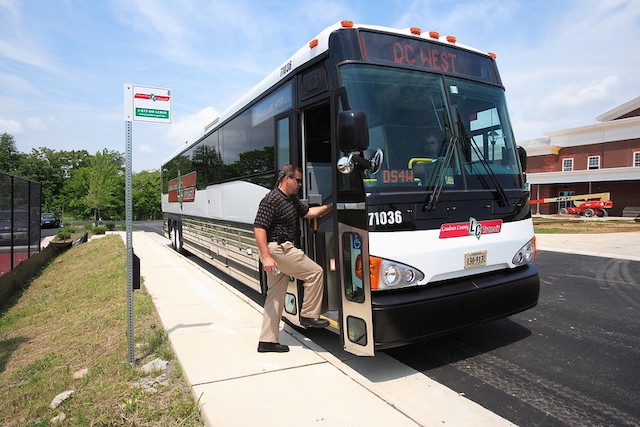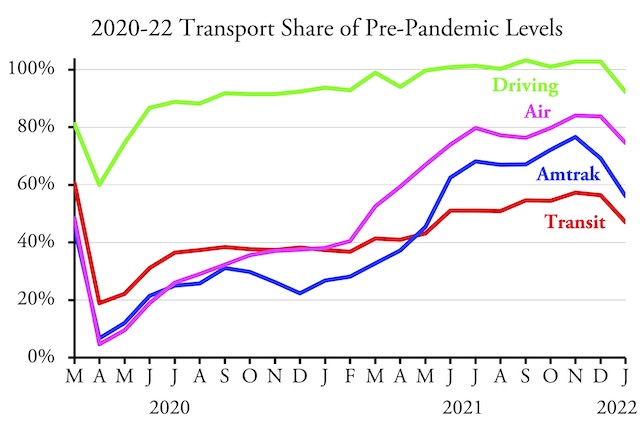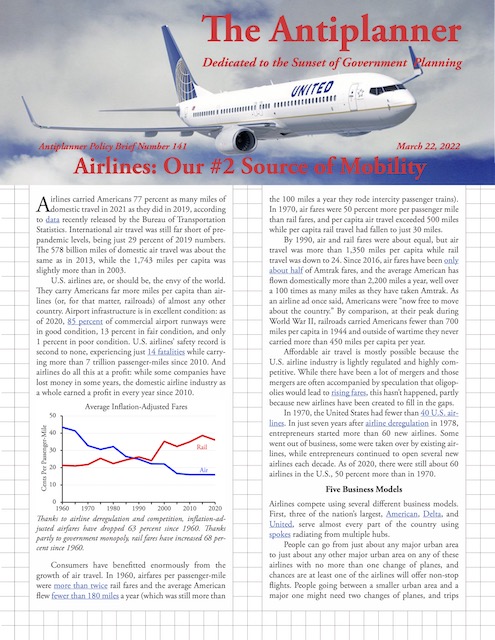Ten years ago, the San Francisco Municipal Transportation Agency (Muni) decided to build a two-mile long busway on Van Ness Avenue, dedicating two lanes of the six-lane street exclusively to buses. The project was supposed to cost $125.6 million and make transit more attractive by speeding up buses. The planners’ calculations indicated that, without the project, buses would carry 50,800 transit riders a day. With the project, it would carry 52,400 riders, a 3.15 percent increase.
Van Ness before the busway. Click on image to see the original photo in Google street view.
The busway opened for business last week after more than a decade of planning and six years of construction. The final cost turned out to be $345.9 million, a mere 175 percent cost overrun. Ridership on Muni buses is currently about half what it was before the pandemic, and it will be a long time before the Van Ness route recovers to 50,800 riders a day, much less 52,400. Continue reading

